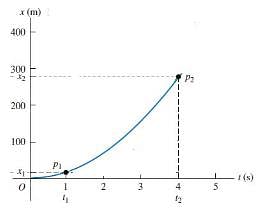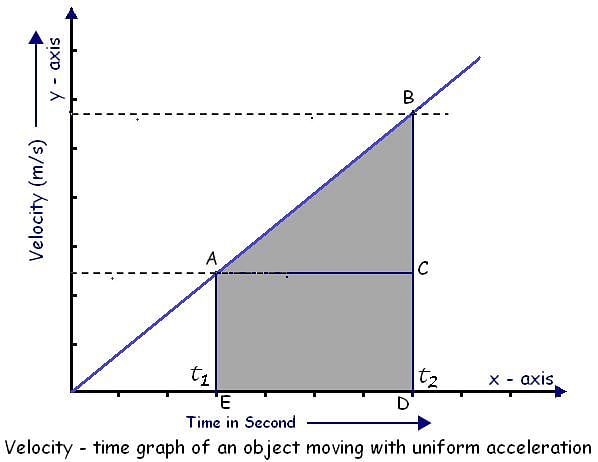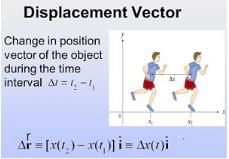Test: Motion in a Straight Line - NEET MCQ
30 Questions MCQ Test Physics Class 11 - Test: Motion in a Straight Line
The position of an object moving in a straight line can be specified with reference to
If the position- time graph is a straight line parallel to the time axis
| 1 Crore+ students have signed up on EduRev. Have you? Download the App |
A truck is coming towards you from a distance of 1000m on a straight road at time t=0. At time t=10 seconds it is at a distance of 900 m. The average velocity in m/sec is
A truck has a velocity of 3 m /s at time t=0. It accelerates at 3 m / s2 on seeing police .What is its velocity in m/s at a time of 2 sec
A truck covers 40.0 m in 8.50 s while smoothly slowing down to a final speed of 2.80 m/s. Find its original speed in m/s
The average acceleration 'a' over a time interval is defined as
A truck is coming towards you from a distance of 1000m on a straight road, at time t=0. It reaches you in 100sec. The average speed in m/s is
A stone thrown from the top of a building is given an initial velocity of 20.0 m/s straight upward. Determine the time in seconds at which the stone reaches its maximum height.
g =9.8 m / sec2
A truck covers 40.0 m in 8.50 s while smoothly slowing down to a final speed of 2.80 m/s. Find its acceleration in m/s2
For motion with uniform acceleration, v-t graph is
A truck is coming towards you from a distance of 1000m on a straight road, at time t=0. The driver stops for a second near a poster. He reaches you in 100 sec. The average speed in m/s is
A stone thrown from the top of a building is given an initial velocity of 20.0 m/s straight upward. Determine the maximum height it travels in meters. g =9.8 m / sec2
A body moving with uniform acceleration has a velocity of 12.0 cm/s in the positive x direction when its x coordinate is 3.00 cm. If its x coordinate 2.00 s later is -5.00 cm, what is the magnitude of its acceleration in cm/s2 ?
The area under the velocity-time curve between times t1 and t2 is equal to the.
With reference to the figure which shows a particle moving along a straight line , y axis represents the position and x axis represents time, if x1 = 18m, The average velocity at x1 in m/s is:

A stone thrown from the top of a building is given an initial velocity of 20.0 m/s straight upward. Determine the time in seconds at which the stone returns to the height from which it was thrown.
g = 9.8 m / sec2
In which of the following examples of motion, can the body be considered approximately a point object?
A drag racer starts her car from rest and accelerates at 10.0 m/s2 for the entire distance of 400 m .How long did it take the race car to travel this distance in s?
A stone thrown from the top of a building is given an initial velocity of 20.0 m/s straight upward. Determine the time in seconds at which the stone reaches its maximum height.
g =9.8 m / sec2
Name the instrument used to measure instantaneous speed of a vehicle.
Motion along a straight line is called __________.
An object is said to be in uniform motion in a straight line if its displacement
A truck has a velocity of 2 m /s at time t=0. It accelerates at 2 m / s2 on seeing police .What is its velocity in m/s at a time of 2 sec
|
97 videos|378 docs|103 tests
|



















